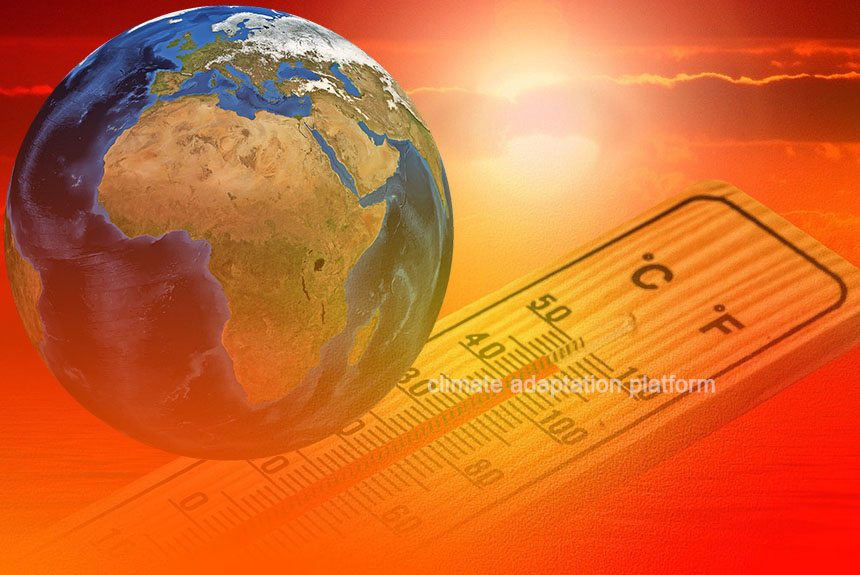In recent years, we have seen record-breaking temperatures and heat waves. Notably, 2023 became the hottest year on record since data collection began in 1850. The ten warmest years all occurred within the last decade, specifically from 2014 to 2023.
Moreover, recent information from the Copernicus Climate Change Service (C3S) reveals that records were again shattered this year. On July 22, 2024, the daily average temperature reached a staggering 17.16°C, surpassing the previous high of 17.08°C set on July 6, 2023.
Rising global temperatures in recent years may lead some to believe global warming is surging or increasing faster. This belief can lead to some people experiencing climate anxiety, defined by The Handbook of Climate Psychology as “heightened emotional, mental or somatic distress in response to dangerous changes in the climate system” and “can lead to symptoms such as panic attacks, loss of appetite, irritability, weakness and sleeplessness.”
Young people, climate scientists, and activists who are more exposed to climate information tend to experience climate anxiety and, therefore, may need psychological support. The Handbook also offers that the best way to cope with climate anxiety is to “pay heed to what is happening…is a healthier response than turning away in denial or disavowal”.
The study “A recent surge in global warming is not detectable yet”, led by scientists at UC Santa Cruz in the US and a Lancaster University statistician, investigated whether there has been a surge in global warming in the last 50 years. Their findings, published on 14 October in the journal Nature Communications Earth & Environment, confirm that although the planet is getting warmer, there is no statistical evidence for a surge in temperature rise or accelerated warming rate.
Understanding climate change involves monitoring the global mean surface temperature (GMST). Warming can be quantified by a change from a base period, such as pre-industrial, or the warming rate over time. However, GMST fluctuates over a long period due to natural phenomena like the El Niño Southern Oscillation (ENSO) and major volcanic eruptions, which can cause temperature spikes or a warming slowdown. This makes it a statistical challenge to differentiate between the natural variability of warming and a real surge in the pace of warming.
Researchers write, “We use changepoint models, which are statistical techniques specifically designed for identifying structural changes in time series. Four global mean surface temperature records over 1850–2023 are scrutinized. Our results show limited evidence for a warming surge; in most surface researchers’ literature time series, no change in the warming rate beyond the 1970s is detected despite the breaking record temperatures observed in 2023. “
They also add, “As such, we estimate the minimum changes in the warming trend required for a surge to be detectable. Across all datasets, an increase of at least 55% is needed for a warming surge to be detectable at the present time.”
Source:
New record daily global average temperature reached in July 2024. (2024, July 25). Copernicus. Retrieved from https://climate.copernicus.eu/new-record-daily-global-average-temperature-reached-july-2024
Dodd, J. (2021, August). The psychology of climate anxiety. BJPsych Bulletin. Retrieved from https://pmc.ncbi.nlm.nih.gov/articles/PMC8499625/
Beaulieu, C., Gallagher, C., Killick, R. et al. A recent surge in global warming is not detectable yet. Commun Earth Environ 5, 576 (2024). https://doi.org/10.1038/s43247-024-01711-1



Leave a Reply